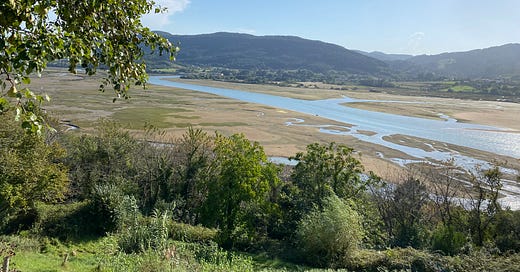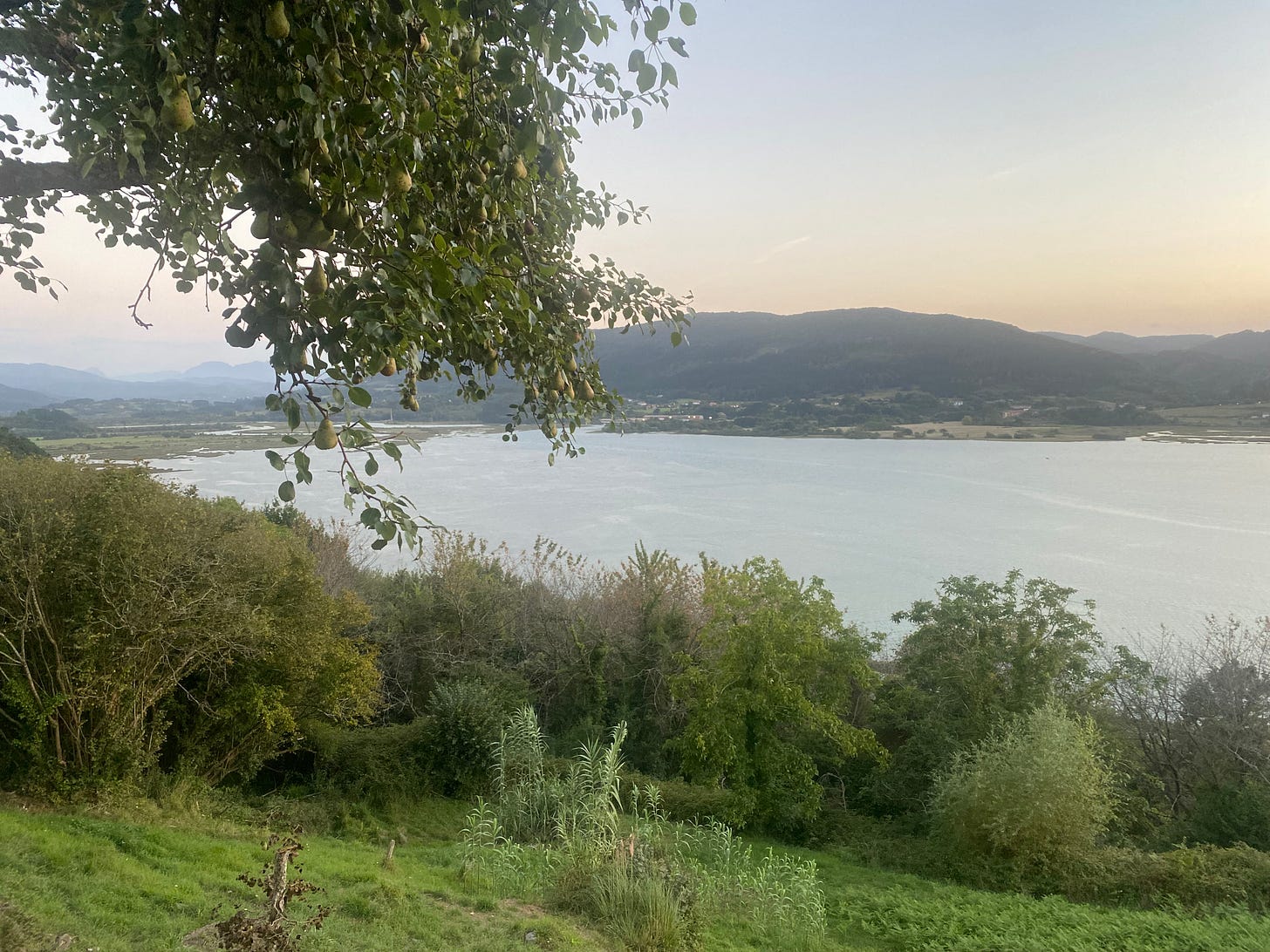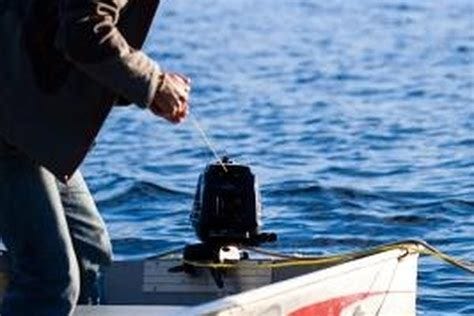A day in the life of... a project manager on holiday
What can we learn from a normal day in the life of a project manager when (s)he is on holiday?
Reflection: learning from experience
Business consultants usually try to encourage the teams they work with to incorporate learning into their actions. A proven and traditional way to do this is, is to reflect on our actions, determine What Went Well, and what would be Even Better Ifs (EBIs, there’s some nice jargon for you…).
In last week’s article on metaphors I already referred to the Edgeware publication of the Plexus Institute that I used to be an associate of. They also have an Aide on reflection that encourages us ask some questions that help trigger some learning.
Here, I want to use our natural ability to tell stories to help us reflect. In this substack I will call them a Day In the Life Of, that in consultese (that notorious language that consultants use), often gets abbreviated to DILO. Similarly, there is WILO, MILO and YILO, indeed referring to Week, Month and Year In the Life Of, each giving different types of narratives over different time frames where we can learn different things from.
[As an aside, note that the notions of DILO, WILO, MILO and YILO are also often used as ways to train people in the ways-of-working in any, often new, environment.]
Exploring the Urdaibai Estuary by boat
Not all DILOs need to be business related. Quite the opposite. Stories from our private life can act as perfect metaphors to help us in our business lives. And, this week’s article is about that.
Good friends of mine have a lovely house on the Urdaibai Estuary in the Spanish Basque Country. Indeed, the photo at the top of this article is from my friends’ house’s terrace towards the South side of the estuary. It’s a beautiful view.
As with most estuaries, this river is tidal in nature. The photo above is at low tide. And, if you look at the high tide image below, you can see the difference in water levels between Low and High Tide. The difference here is around 5 meters.
That is important for today’s story.
The Urdaibai is a beautiful Biosphere Sanctuary, with for instance a lot of different bird species and many, many fish. There is a dug-out trench along the length of the estuary, allowing ships and boats make the journey even at low tide. The trench is clearly visible in the low tide photo with this article, not so much in the high tide image.
So, we decided to take their little boat to sail up the estuary going South. The boat had a small 6 horsepower outboard engine that helped us to go up and down river. The boat’s mooring space is down at the water level near the house between some rocks and is secured with a little anchor and a rope that ties it to a private bench. An important piece of information is that our friends’ house is on the opposite shore side of where the trench has been dug. This means that in order to go out (or in) the times need to be planned carefully with the tidal charts for the area.
The coming week’s tidal chart for this estuary looks like this:
You can see that the tides, obviously, go up and down roughly every 6 hours, and also that the levels of high and low tides differ.
We went earlier in the week, and the tide times shift by about 45–90 minutes each day and the tidal differences range from around 2 to 4.5 meters.
We guestimated that on the day we went out, we needed to leave around 2 hours before high tide (on that day high tide was around 11:00 hrs, so we needed to leave by 09:00 according to our agreed plan) and be back around 2 hours after high tide to be able to get in and out of our tidal place (then, 13:00 hrs). This guestimate was based on our assessment of the accessibility of our mooring place, but because none of us were marine experts, we were aware that we might be off by some 0.5 meter or so. This gives us our first key insight.
LESSON NUMBER 1: Data-driven planning the timings of our journey is essential, given the parameters outside of our control (in this used case: the tides!)
Our first issue arose that one of our group of three (in this case El Capitan himself) was not ready at the right time, so rather than leaving at the scheduled 09:00, we left at 10:30, only 30 minutes before High Tide on the day.
We went anyway, according to our planned route to The Watermill, a landmark further next to the trench, further up the estuary. About 1 hour of gentle motoring, admiring the gorgeous biosphere reserve. It’s now 30 minutes after high tide.
We arrived at The Watermill, and happened to meet the owner outside at the water. Chatting to him, he advised us that we could (and were allowed to!) motor onwards for another 2 km at least. One of us warned that we might be back too late to be able to get back to our mooring, but enthralled by the beauty of the place we, indeed, carried on a bit more (‘one more bend, and then we turn around’, we said around 8 times).
Predictably, we got back too late (13:30 or so) at the place of our mooring and there was no way we could get in there anymore because of low water... Which gives us lesson number 2.
LESSON NUMBER 2: If you make a carefully determined data-driven plan, stick to it.
Now we couldn’t get into the mooring place, we needed to decide what’s next. There were multiple options.
Stay on the water until the tide has come in again enough. This really was only a theoretical option because it was near 42ºC that day, and we only had some drinking water and no food.
Moor the little boat on the nearest beach (10 mins walk from the house). This was preferred, but how would we be able to retrieve it once the next high tide had come up?
Follow the trench towards the following beach, around 2.5 km away, where there are established mooring places, and is next to the trench. This meant that we either had to wait there for 6 hours or so for the tide to have turned, or get home with others in our house that had a car at that beach and return later
Having dismissed option 1, we went for option 2 first. But, it appeared very difficult to find that secure place, because -although little - our boat with the outboard engine was too heavy to carry far enough onto the back of the beach to secure it and be able to get to it later. We wasted around 30 minutes of our time trying, and eventually dismissing, this option.
So, after having tried multiple ways to achieve option 2, we went for option 3. By now, it’s around 14:00 hrs, the water is quite low now, and it is not easy to find the trench without running into sandbanks...
This brings us to lesson number 3.
LESSON NUMBER 3: Always make contingency plans before you make your journey, as to not have to make it up there and then, because you wil waste precious resourcing that may make other options more difficult.
Now we were trying to find and follow the trench towards the next beach. This had to be done carefully to avoid the mentioned sandbanks.
We almost managed, but got it slightly wrong, so the screw of the outboard engine touched the sand and the engine came to a stop.
And then it wouldn’t start again.
Our Capitan was desperately trying to start the engine again by pulling the starter cord.
That’s hard work. Particularly when, somehow, it doesn’t seem to want to start…
We did not have any engine instructions on it, so all 3 of us were ‘helpfully’ telling El Capitan that:
the petrol valve is not open and needs to be in a different position
the starter (air) valve needs to open/close more
we have run out of petrol
and many more (un)helpful instructions that only increased the stress levels and achieved preciously little else
Eventually, the engine did start again, and we were able to follow the trench to the next beach,
LESSON NUMBER 4: Do learn the instructions of all equipment and tools you need on your journey before you set out, rather than having to figure it out when a crisis situation emerges and time is at a premium.
And
LESSON NUMBER 5: Do not increase the stress levels of each team member by overwhelming the team with suggestions, however well intended, that are not based on actual knowledge.
Eventually, we landed the boat on the next beach 2.5 km away, where others of our house had driven to by car. It was also next to a place where we could have lunch.
So, we put our valuables in the boot of the car, went for lunch and went back to the house, by car, after lunch.
Looking at the tide charts again, we decided to go back to the back to pick up the little boat around 20:00 (high tide that day was around 22:00). The car dropped us off again, and we smoothly (the engine started in one go!) got near our mooring place. Only to find out that at this time and this tide, it was still too low for the boat to be moored like we usually do. So, instead, we moored it slightly further out. Not ideal, but it would do. Apparently, our guestimate on the day (and they differ daily, see the charts above) about the 2 hours each side of the high tide was not correct. We guess we needed at least 30–45 minutes of increasing levels of the tide before we could have moored it as we would have preferred. But, and this was the next constraint!, by this time it would be too dark!
This brings us to the last lesson of this Day In the Life Of a project manager with respect to the assumptions we made.
LESSON NUMBER 6: Adjust your assumptions reflecting both the data and our experience of their usage. Next time, use the adjusted assumptions.
All in all, it was a wonderful day, in a gorgeous place, but we introduced unnecessary stress, that we need to avoid next time, by including the lessons we learned from our experience by consciously, and jointly, reflecting on the day.
Does this story resonate with your experience?
Do the lessons sound like lessons we can sensibly apply to our projects?
How would you deal with the available data and our collective inexperience with using the data?







